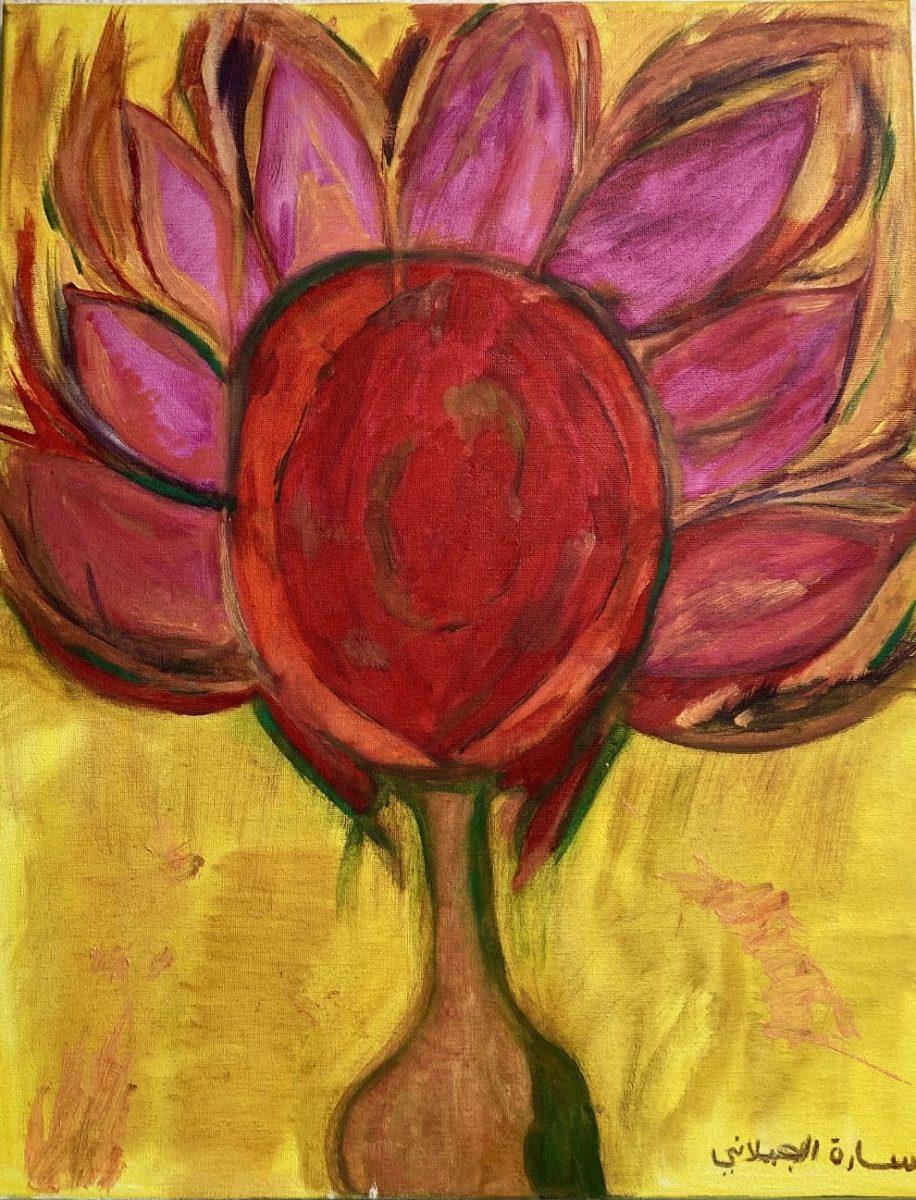This article started out as a piece about the resilience of community and the foundation of different groups providing community support. In preparation for the topic, I did research both online and on the ground about the protests and mutual aid events that have become common in Portland since George Floyd’s death in late May. But as I attended these events, I started to notice one group that stood out. Some were black-clad, some wore yellow shirts, others wandered in wearing normal clothes and blue medical masks, but it was clear that they were all there for the same purpose. With their identifying PRESS markers and even more identifying cameras, members of the press have been at the forefront of ethical debates for the duration of these protests.
When I started writing this article for The Post, I went in with a completely different mindset than I have now. Although I planned to not use names or faces in interviews or photos, I didn’t understand how a minor slip in journalistic security could affect people. I planned on interviewing people from different groups and organizations supporting the community through leftist ideas of mutual aid. Some groups, like Portland Action Medics, provide medical supplies and training to treat injuries at protests. More specific “blocs,” or specified aid groups like Mechanic Bloc, Snack Bloc, and Optical Bloc, who provides free glasses, have also sprung up. Instead, I was met mostly with closed DMs. While I cannot deny I felt slightly indignant about the experience of being shut out of a community I only wanted to learn about, the organizers had reasons beyond my knowledge.
The danger of publicity is one that is deeply understood in these communities. Footage from journalists, especially live streams, has been used to great effect by police bureaus around the country to identify and arrest participants at demonstrations. As a result, some protesters have been investigated or arrested. Many organizers and participants in protests have stated the dangers of live streaming to demonstrators, as it feeds information directly to the police, making their job of blocking their path, sometimes violently, much easier.
At the same time, there are a number of reasons these demonstrations should be well documented. Cop watching, or filming the police in an attempt to keep them accountable for their actions, is one reason journalists are always present at actions and demonstrations. Another is to help broadcast the message protesters are trying to spread. Either one of these can be safe and effective if done with protesters’ safety and privacy in mind. Even those without a large following or press status can inadvertently place protesters in harms way through their posts. In order to safely post about protests, community organizers request that people use caution. If you are looking to share pictures, make sure to not catch the identifying details of any protesters, and crop or blur out ones you couldn’t avoid. Alway ask for consent before getting close to anyone or asking questions. Don’t livestream, and post videos and photos the day after.
While there’s a time and place for press and reporting, many people agree that they can do more harm than good at a demonstration. Many protesters may be wary of cameras, as they can be a helpful tool to boost messaging and spread ideas, and they can also be weaponized to hurt people in the crowd. Next time you watch a live stream or scroll through Twitter, think about the tactics journalists use, and whether they help or hinder the actions they publicize.


































